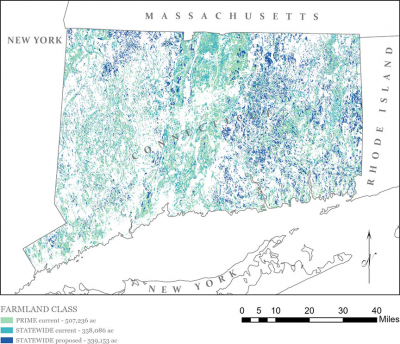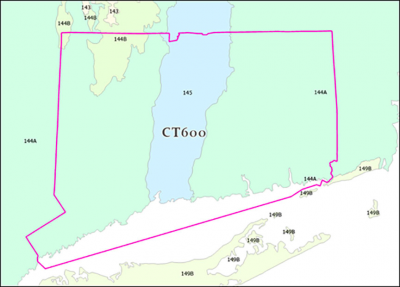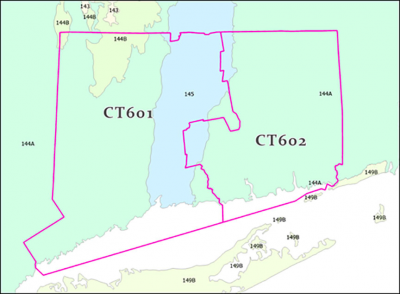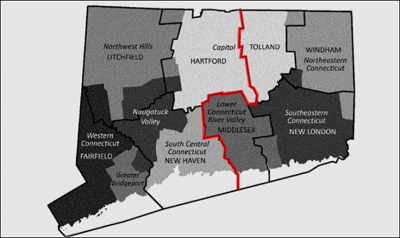Two new image services were recently published on CT ECO and shared to the CT Geodata Portal. And the CT GIS Office published the 2023 contours has a fast vector tile service.
Lidar Intensity (2023)
Lidar intensity is a measure of the return strength of each lidar point. Here, the points are converted to 1 foot pixels and values range from 1-256 where low numbers are low reflectivity and high numbers are high reflectivity. Intensity in influenced by reflectivity of the surface at the sensor wavelength (here, 1064nm which is near-infrared), view angle, range, surface composition, roughness, and moisture content and should therefore be used as a relative measure. Intensity is not influenced by sunlight or shadows.
![]() CT ECO ctraster REST server |
CT ECO ctraster REST server | ![]() CT Geodata Portal | Classified Point Cloud Metadata | xml
CT Geodata Portal | Classified Point Cloud Metadata | xml
Long Island Sound Topobathy (2023)
Topobathy lidar is the simultaneous collection of point elevation along the shore that includes land, water, and submerged land. The Long Island Sound Topobathy dataset was collected in 2023 and the bare ground elevation is shown along the coastline of Long Island Sound in Connecticut and New York. The dataset has negative values indicating that the ground elevation is below sea level, or under water.
![]() CT Geodata Portal |
CT Geodata Portal | ![]() CT ECO ctraster REST server | Metadata | Data Report
CT ECO ctraster REST server | Metadata | Data Report
National Geodetic Survey, 2025: 2023 NOAA NGS Lidar: Long Island Sound, NY, https://www.fisheries.noaa.gov/inport/item/74869.
Contours (2023)
And don't miss the new vector tile service of the lidar-derived 1-foot contours! It is fast and well-designed.
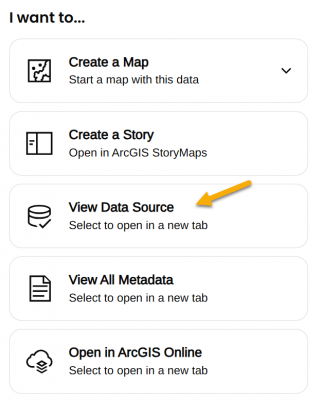 On the lower right side of the page, under the I want to... heading, find View Data Source.
On the lower right side of the page, under the I want to... heading, find View Data Source.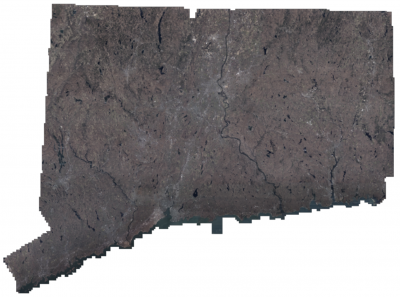

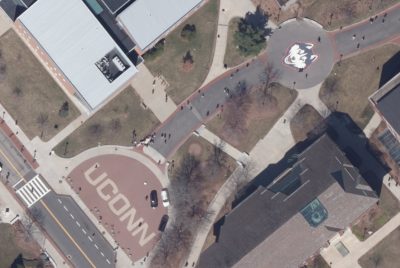
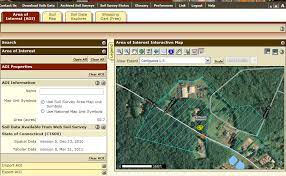 Written by Jacob Isleib, State Soil Scientist
Written by Jacob Isleib, State Soil Scientist